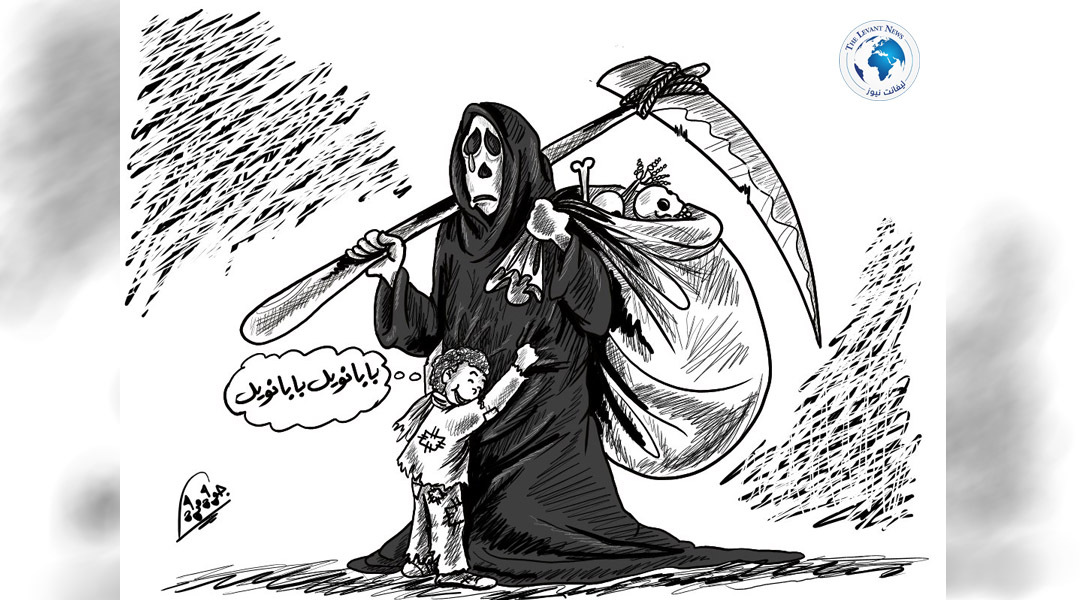-
The Covenant of Women and the Components of Druze Society

The novel "The Covenant of Women" by Lebanese novelist and poet Haneen Al-Sayigh, published in its first edition by Dar Al-Adab in 2023, represents a significant addition to the contemporary Arab cultural scene. The author has succeeded in presenting a profound literary work that transcends mere artistic narration to address sensitive social and psychological issues, especially in a society characterized by privacy and seclusion, such as the Druze community in Mount Lebanon.
Since its publication, the novel has sparked widespread controversy and received diverse reactions, confirming its importance as a literary text that not only portrays but also stimulates dialogue and reflection on social norms and laws governing individuals' lives. Several critical reviews have been written about it, and the author, Haneen Al-Sayigh, has participated in numerous television and newspaper interviews. This has resulted in another critical legacy that could be studied as an additional, structural form of parallel texts within the concept of supra-textual texts. I hope a serious researcher will undertake a study on this system of "parallel texts" accompanying this dominant narrative corpus, which was longlisted for the 2025 Booker Arab Prize. I was one among those betting on this novel winning the prize, given its unique approach to sensitive social issues.
This article aims to provide a critical reading of the novel from a sociological methodological perspective. This approach sees that literature is not an isolated individual product but a mirror reflecting reality and an expressive document of social transformations, prevailing ideologies, and class affiliations of both the writer and the society depicted. According to this approach, the writer is considered a product of his environment, and his literature is an inseparable part of its social context. Although this methodology has faced criticism for overemphasizing content at the expense of form and for viewing literature as an automatic reflection of society, it remains useful in analyzing politically and socially charged works like "The Covenant of Women." I believe it is appropriate to analyze this novel through this lens, as it is likely more capable of revealing the social, political, and ideological ideas embedded in its narrative structure, closely linked to the social system as a controlling force over the individual through his life within his community, making him part of it.
Furthermore, this methodology has significantly evolved into what is now known as "literary sociology," which provides a more flexible framework to connect structural analysis with interpretations of worldviews within the text. Prominent Arab critics such as Egyptian Mahmoud Amin El-Alam have contributed to this. Besides these two important points, the novel, in general, is a social art form before it is a matter of formal techniques and narrative devices. The novelist’s task is social before artistic.
This article does not aim to recount the novel’s events but seeks to apply this critical approach, focusing on the dialectical interaction between the text and its social reality. It aims to uncover how the author transforms complex individual experiences into universal human issues and how the narrative structure and characters serve to reveal the social conflict between tradition and rebellion. This reading aspires to decode the work and place it within its proper cultural context.
The novel consists of approximately two hundred ninety pages, divided into 15 titles. These titles carry symbolic meanings that act as semiotic markers pointing to the narrative’s issues. They are: "The Wall, The Deal, Seven Years in the Womb, Woman of the Tube, Druze Chain, The Cocoon, The American University, Locks Hanging on a New Life, A Flower on Burned Land, The Watcher Inside My Dark Room, Embrace of Two Memories, A Thousand Years of Solitude, The Journey Back from Possibilities, Separate Dedication, Window to God's Garden." The novel begins with "The Wall," indicating stubbornness and deadlock, and ends with opening the window to the "Gardens of God"—the infinite. Between these titles, the novel depicts various forms of female suffering in a closed, sectarian Arab society. One of the titles, "A Separate Dedication," appears as a short poem occupying the center of a page, leading into the final title, "Window to God's Garden." This chapter also includes a poetic piece written by Amal Lahamed.
The author, Haneen Al-Sayigh, was born in Mværsitni, Lebanon, in 1986. She holds a bachelor's degree in English language and literature and a master's in teaching English language curricula from the American University of Beirut. She works in education and literary translation. She is primarily a poetess before being a novelist; she has published three poetry collections: "Let It Be" (2016), "Old Soul" (2018), and "Lighthouses to Deceive Time" (2021). Her novel "The Covenant of Women" is her first novel; it was translated into German and published in 2024. The reader will notice that some aspects of Haneen Al-Sayigh’s personal life are reflected in the narrative.
Firas Haj Mohammad
You May Also Like
Popular Posts
Caricature
opinion
Report
ads
Newsletter
Subscribe to our mailing list to get the new updates!






















